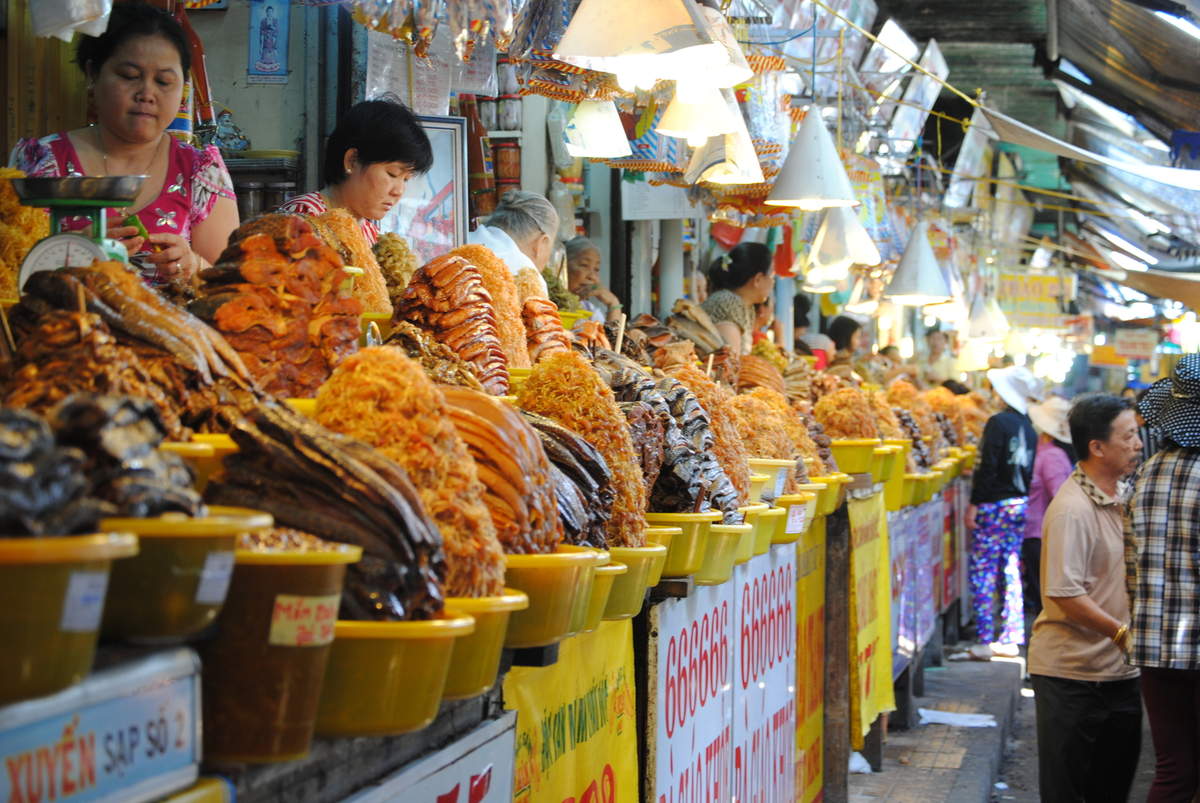The past decade saw a tourism boom in Vietnam, Cambodia and Laos. High on everyone’s lists were destinations like Cambodia’s Angkor temples, Laos’s Plain of Jars, and Vietnam’s Hoi An and Hue cities. Those sights are fantastic. By all means see them. But much of Indochina’s best still remains off the radar, while many old favorites have begun reinventing themselves since they were first thrust under the spotlight. Below are ten such places that should be on everyone’s must-see list for 2010.
Kampot, Cambodia

Oozing French colonial charm, this scenic town nestled on the east bank of Kampot River is Cambodia’s most under-rated destination. If the crumbling French architecture, shady boulevards and riverfront dining aren't cause for love at first sight, visits to Kep beach resort, the ancient Funan Empire-era temple ruins or a hike in Bokor National Park will ensure you're permanently endeared to this Cambodian beauty spot.
Kon Tum, Vietnam
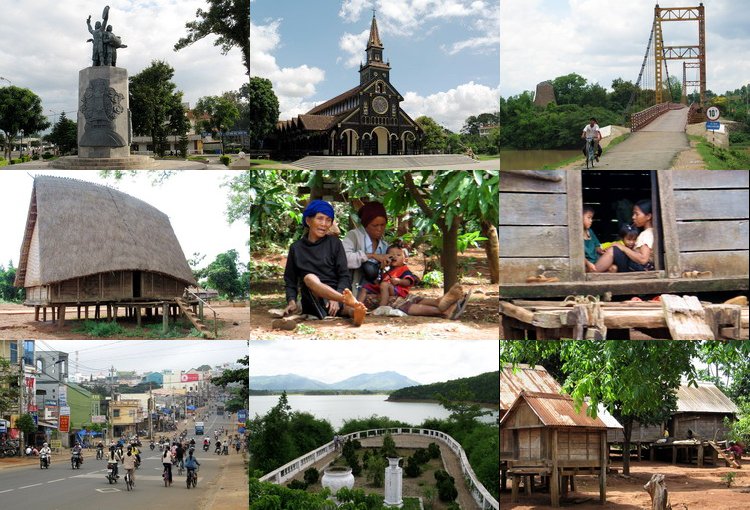
Guidebooks send tourists to Vietnam’s far northern hill station of Sapa for hill-tribe encounters, long overlooking the architectural extremes of Kon Tum’s ethnic Bahnar suburbs. The provincial capital is surrounded by minority villages; their log homes with white-washed mud walls are raised on poles that encircle towering communal lodges called nha rong.
Phou Khao Khouay National Park, Laos

Phou Khao Khouay, or ‘Buffalo Horn Mountain' Nature Reserve is Laos’s most accessible protected area, just 40km (25 miles) from Vietniane. Rounding out the attractions are wild elephant herds, Hmong village homestays and cascading waterfalls. The sandstone mountain range hides a further treasure-trove of biological diversity, including white-cheeked gibbons, clouded leopards and green pea-fowl.
Chau Doc, Vietnam
The Mekong Delta town of Chau Doc sits like an island above endless rice-paddies, rivers, canals and flood-plains. Its atmospheric synthesis of Khmer, Muslim Cham, Vietnamese and French cultures is key to its charm. Take a ferry across the Bassac River to visit Cham villages; their wooden stilt houses decorated with little rooftop spires, crescent moons, and stars, or head to the Buddhist pilgrimage site of Sam Mountain for vast sunset views.
Phnom Penh, Cambodia
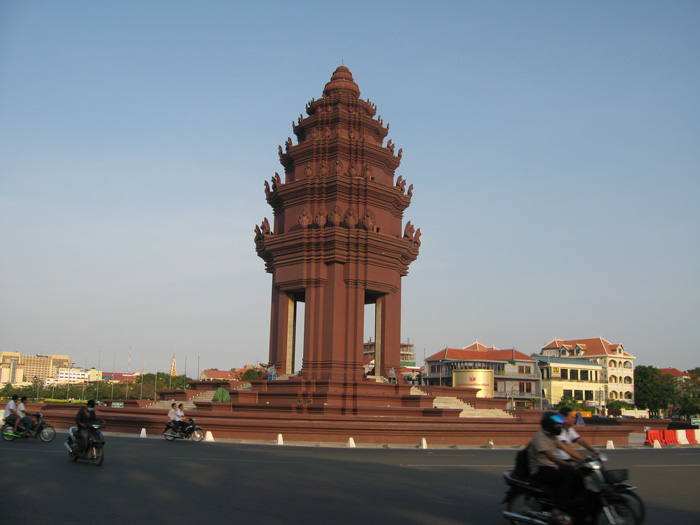
Though the pain of genocide will take generations to heal, with the ongoing Khmer Rouge Tribunal, Phnom Penh is turning a new corner and taking leaps toward the future. No longer just a transportation hub between Bangkok, Siam Reap, and Ho Chi Minh City, Cambodia’s booming capital is now a entrepreneur’s playground and a fashionable destination for boutique hotels, international cuisine and trendy shops selling some of the region’s best silk.
Mui Ne Beach, Vietnam
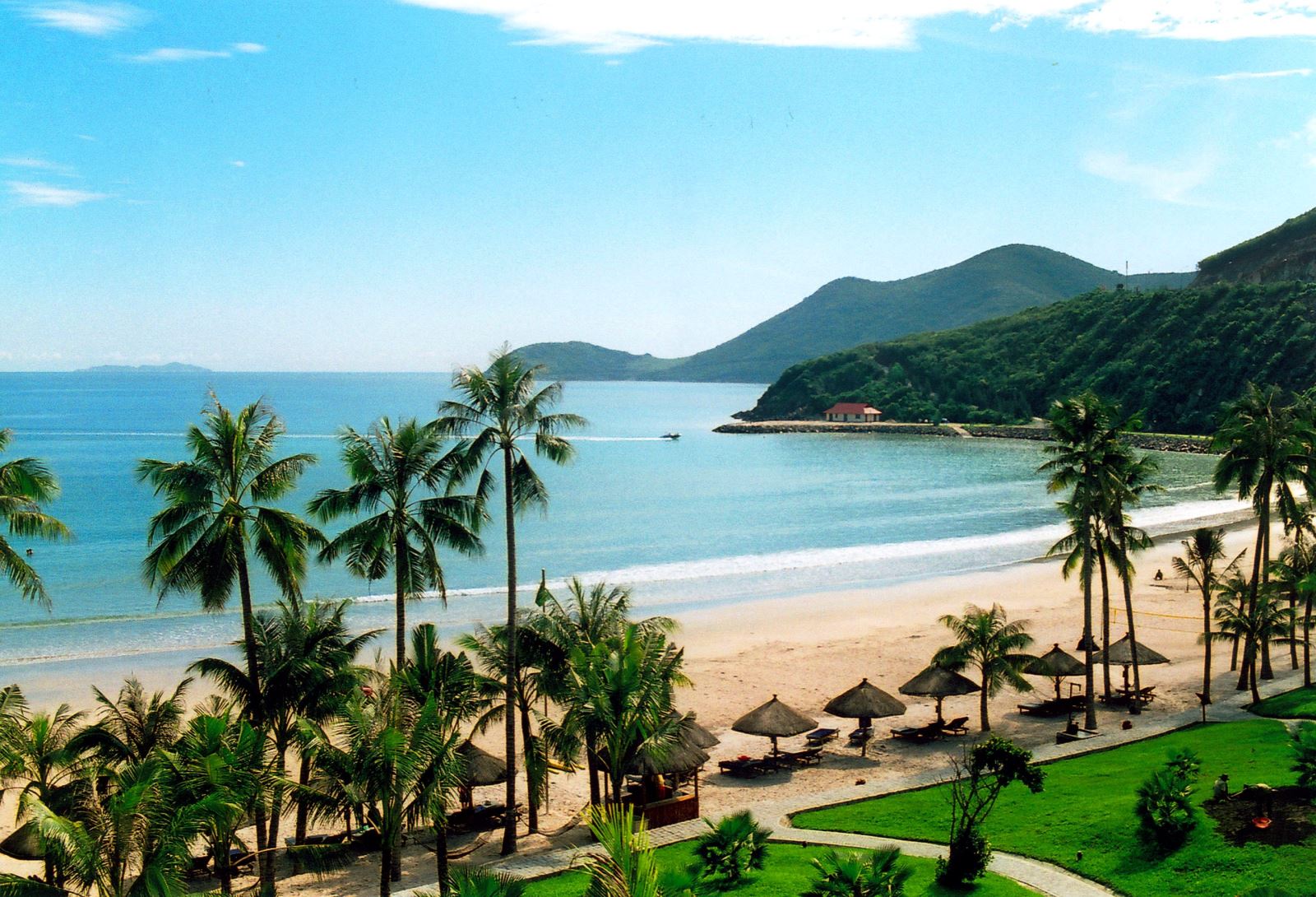
It took a solar eclipse and 15 years to turn an isolated coconut grove into Vietnam’s top beach resort (Mui Ne was the preferred spot to observe the October 1995 eclipse). Though renowned for its kite-boarding, Saharan dunes and year-round sunbathing, the area’s cultural richness is yet unexploited by the tourism industry. Summer brings several fishermen’s whale-worship festivals, while the fall brings the Hindu Cham New Year and a Sorcerer’s festival.
Danang, Vietnam
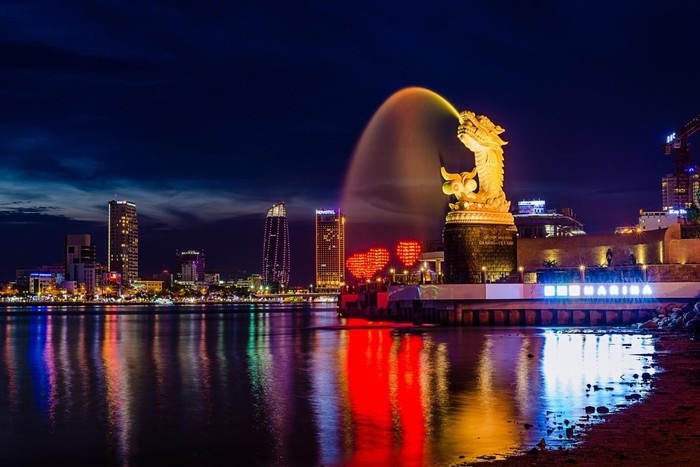
Often overlooked for neighboring Hoi An, Vietnam’s third-largest city has quietly blossomed into an off-the-radar resort destination with intriguing attractions like the Museum of Cham Sculpture, Ba Na Hill Station and Monkey Mountain. Danang’s China Beach, namesake of the old ABC television series, now hosts the new Montgomerie Links golf course and the luxurious Furama Resort.
Luang Prabang, Laos

Yes, Luang Prabanag has magnificent Buddhist temple architecture and the morning monk procession has erupted into one of Asia’s biggest, and at times circus-like, photo-opportunities. This cultural epicenter’s exalted perch on the banks of Mekong and Khan rivers, surrounded by mountains, doesn’t hurt the ambiance either. What is relatively new however are all the upscale spas, boutique hotels, great restaurants and the ever-expanding handicraft night market. This UNESCO World Heritage City is ground zero for the new Indochina Chic.
Quy Nhon, Vietnam
.jpg)
Warm, dry weather for most of the year, with deep blue skies and clear waters, makes the beach town of Quy Nhon a prime holiday destination. It’s also one of the country’s most archaeologically significant cities, with half a dozen ancient Cham temples and the Cha Ban Citadel ruins all within a few hours’ drive.
Jungle Beach, Vietnam
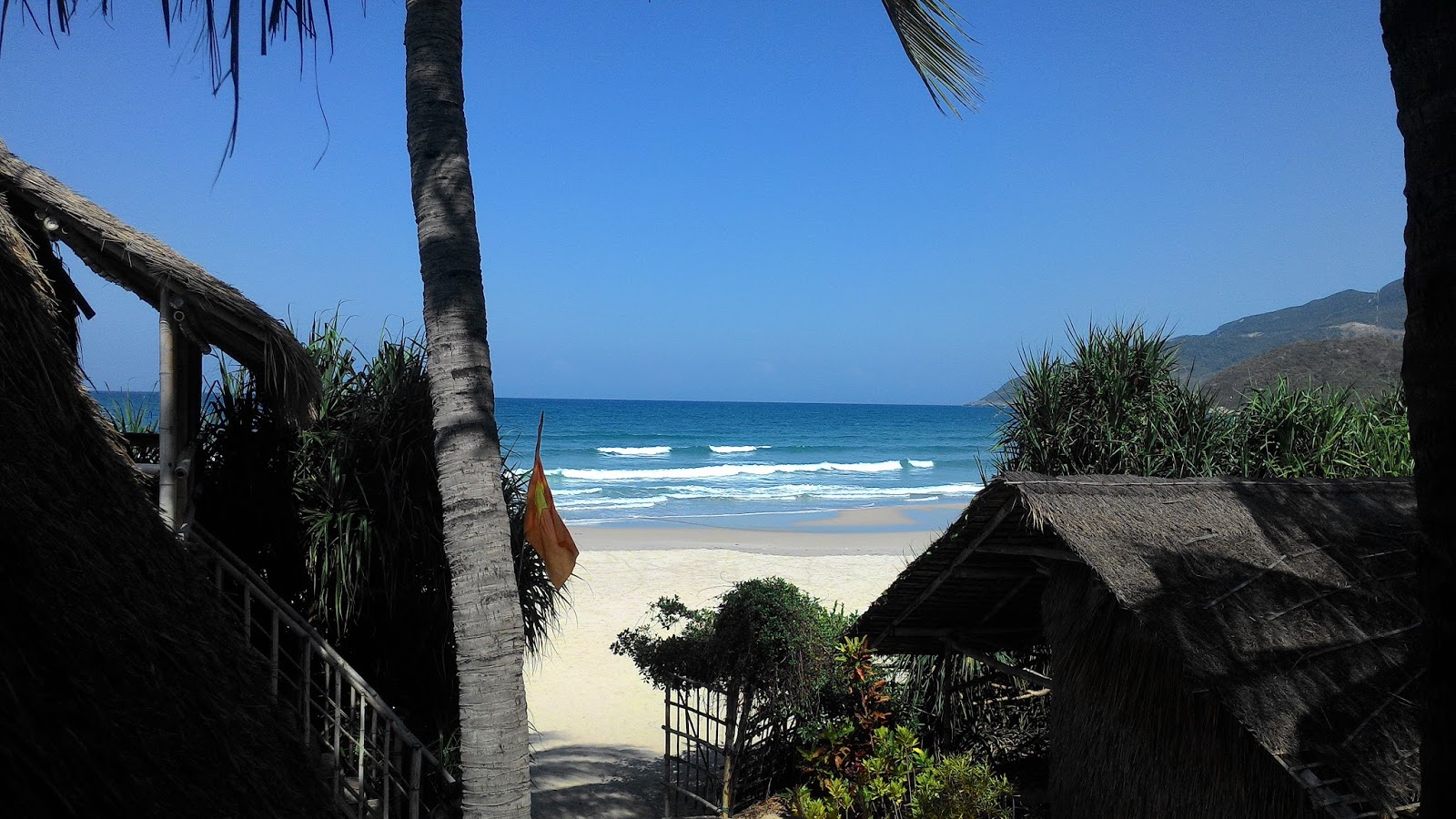
Vietnam’s finest beach is hidden about an hour north of Nha Trang on a remote stretch of the Hon Khoi Peninsula. The boundaries of air and water are indistinct in the crystal sea, where night swimming with bioluminescent algae is on the regular activities list. The most intriguing views from this unique bamboo cabana homestay are the troupes of Black-shanked Douc Langurs, one of Indochina’s rarest primates.
Phong Dzang (collecting)
Source: cnn
image: Internet


